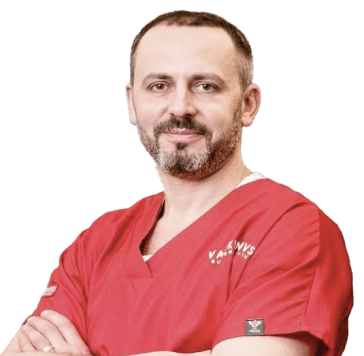


Pediatric surgery is an important area of focus at the Valikhnovski Surgery Institute clinic located in Kyiv.
This is a field of medicine that focuses on the healthcare of children, involving the diagnosis, prevention, and, when needed, surgical treatment and rehabilitation of children with various diseases or anomalies. This encompasses congenital and acquired defects, among other conditions.
Surgical care for children is offered within our clinic’s pediatric surgery department:




a special complex of premises equipped to meet the surgical needs of small pediatric patients
doctors, nurses and other medical personnel have special training in the care and treatment of children's diseases or various health problems
operating room with the most modern surgical equipment:
laparoscopic devices of the Lemke company, ultrasonic surgical dissector Ligasure Covidien
intensive care unit and 24-hour presence of an intensivist (specialist in intensive care for children) in the hospital
pediatric anesthesia, 24-hour pain management
consultation of children with surgical diseases regarding preoperative anesthesia procedures, analgesia, observation (monitoring) after anesthesia, postoperative rehabilitation
complex additional auxiliary means of examination for the purpose of preoperative evaluation - computer tomography (CT), magnetic resonance imaging (MRI), laboratory equipment and others
a medical surgical unit that operates 24 hours a day, 7 days a week

Consultations are available online by appointment, and the clinic’s specialists have created numerous video recordings in which they teach and explain complex issues of pediatric surgery in a simple and accessible manner.
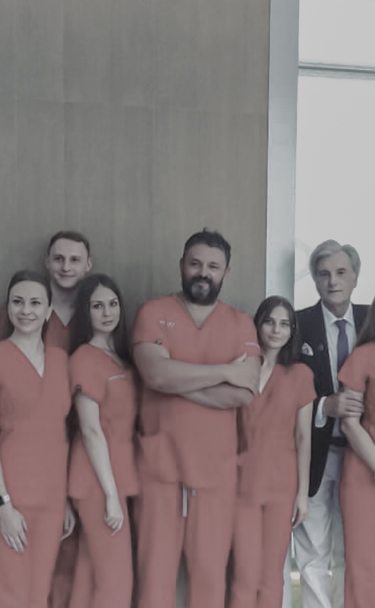
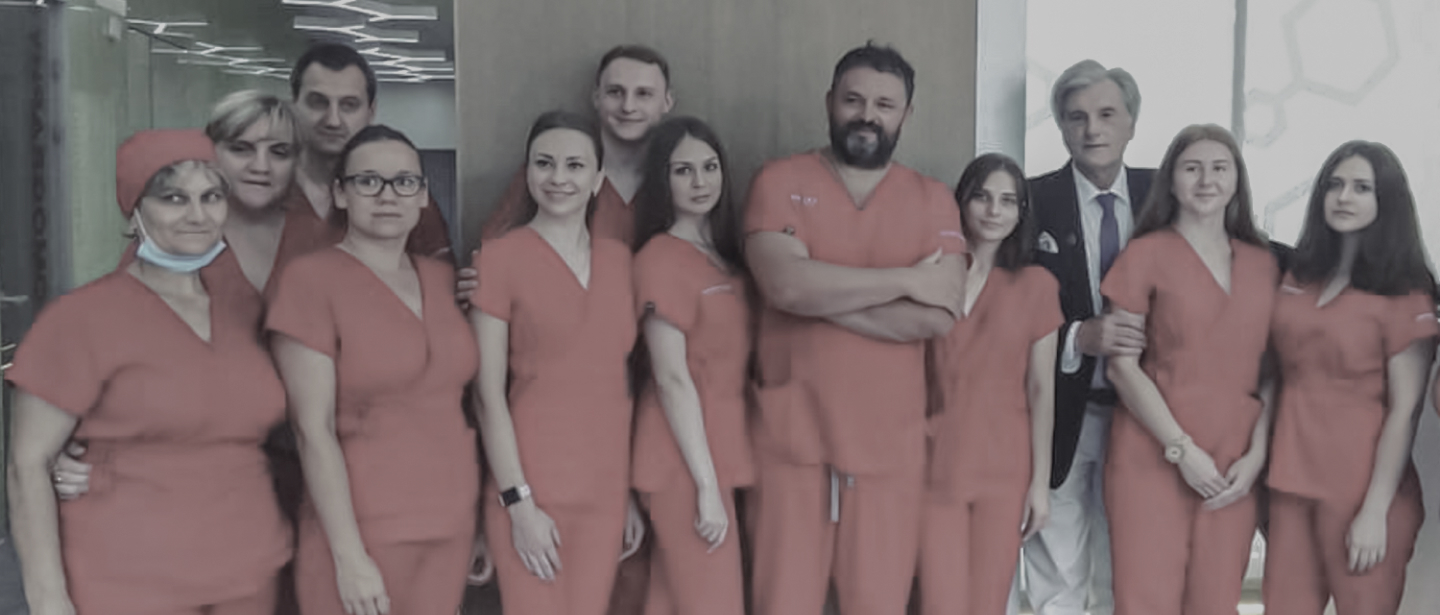
Years of experience
Patients
A modern clinic in the center
Successful operations
Unique surgical techniques
Branch of surgery
Units of the latest equipment
Charitable surgical assistance




Surgery for birth defects is performed exclusively according to the protocol of the association of European pediatric surgeons.
All methods are performed in one stage, unlike other clinics.
The stay of children in the hospital is 1-2 days, a short period of rehabilitation, a seamless and scarless technique.
All operations are carried out by real professionals – a pediatric surgeon of the highest category, professors and doctors of science with 25 years of experience. Anesthesiological support of anesthesiologists of the highest category, who have more than 30 years of experience in pediatric anesthesiology.
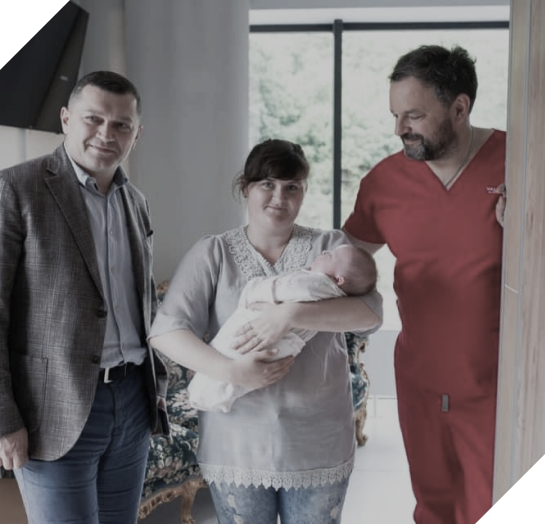
It is important to consult a pediatric surgeon, either in a clinic or online, if the following symptoms and complaints are present:



To assess your child's health status, the pediatric surgeon conducts a consultation and utilizes the necessary range of diagnostic tools (both laboratory and instrumental) to determine the advisability of surgical treatment.


during the first year of life
at approximately 3 years old (before entering kindergarten)
at about 6 years old (before entering school)
for reaching the age of 10 (after finishing primary school)
in adolescence (10-19 years old)
or follow-up (partially online) with regular examinations
or conservative (non-operative) treatment
or surgery
During the operation, he suggests staying in the clinic's inpatient facility for preparation for the operation, surgical intervention and rehabilitation after it – he will agree the optimal terms with you, and usually it is better not to delay in order to return the child to a full-fledged life as soon as possible
pays maximum attention to your child and takes into account all its peculiarities
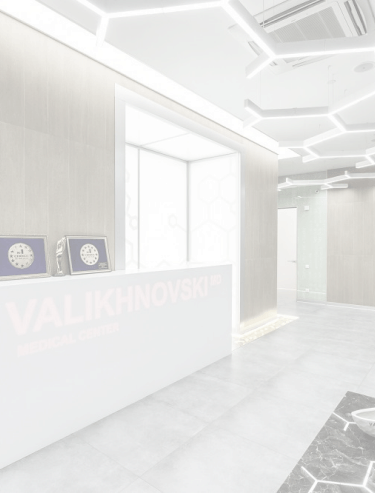

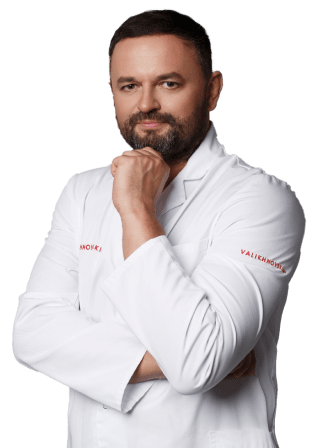
Hospitalization of a child in the surgical inpatient clinic:




formations on the skin (of different localization):
nevi (moles) – for example, excision of a congenital nevus with a skin graft, epicanthus (skin fold in the inner corner of the eye) – removal, epicanthoplasty, atheroma – removal of atheroma, lipoma – lipoma removal, scars after burns, operations, injuries – surgical correction, separation of the edges of the surgical wound – restoration (reconstruction) operations, plastic surgery, purulent-inflammatory diseases of the skin and soft tissues: abscess, furuncle, carbuncle, phlegmon, felon, purulent lymphadenitis, paraproctitis, etc.;
defects and anomalies in the area of the head and neck:
congenital cleft of the soft palate – palatinoplasty, congenital cleft of the hard palate – palatinoplasty, bilateral congenital cleft of the upper lip – cheiloplasty, congenital non-union of the hard and soft palate – uranostaphyloplasty, lip defect – cheiloplasty, congenital or acquired deformity of the nose – rhinoplasty, congenital or acquired deformation of the nasal membrane – rhinoseptoplasty, congenital flap ear – otoplasty, ptosis of the upper eyelid – levatoroplasty, congenital and acquired defects of the facial part of the skull – micrognathia (hypoplasia or reduction of the lower jaw) – orthognathic surgery, jaw tumor – removal, neoplasm of the jaw – removal, neoplasm of the parotid gland – removal
defects and anomalies in the trunk area:
gynecomastia; inflammatory diseases (inflammation) of the mammary gland; pinched hernias of various locations – umbilical hernia, hernias of the white line of the abdomen, inguinal hernias, etc.; congenital and acquired spinal deformities; defects and anomalies of the urethra and genital organs – hypospadias, epispadias, unspecified genitalia or intersex, cryptorchidism or undescended testicle (scrotum), hydrocele or “hydrocele”, varicocele or expansion of the veins of the spermatic cord, etc.; diseases of the reproductive system: acute diseases of the scrotum (scrotum) – torsion of hydatid (“water bubbles”), testicular torsion testicular injury, etc.; acute gynecological diseases – ovarian torsion ovarian apoplexy


defects and anomalies of the upper and lower limbs (arms, legs):
syndactyly (joint of fingers) – appropriate reconstructive (restorative) operation; polydactyly (increase in the number of fingers) – corresponding reconstructive (restorative) operation; oligodactyly (reduction in the number of fingers) – appropriate reconstructive (restorative) surgery, finger hygroma - excision, hygroma removal, congenital phocomelia ("seal's flipper") - appropriate reconstructive (restorative) operation, underdevelopment of limb elements – appropriate reconstructive (restorative) surgery, in particular, brachioplasty, etc., gigantism of the fingers of the upper or lower limbs - a corresponding reconstructive (restorative) operation, phlegmon of the fingers of the brush - a corresponding operation, congenital hip dislocation – appropriate reconstructive (restorative) surgery, dysplasia of the hip joint - appropriate reconstructive (restorative) surgery, tendon contractures – appropriate reconstructive (restorative) surgery, congenital clubfoot – appropriate reconstructive (restorative) operation, congenital muscular torticollis – appropriate reconstructive (restorative) surgery, congenital defects of the locomotor system - appropriate reconstructive (restorative) surgery;
vascular neoplasms (of different localization):
lymphangioma, hemangioma;
tumors (of different localization).

The main stages:



Depending on the specifics of each individual situation, the composition may differ, but in general, it includes: A pediatric surgeon (or several, with one leading and the rest assisting or providing advice). An anesthesiologist (sometimes an anesthesiology team, including an anesthesiologist and a nurse, etc.). Surgical nurses (usually one or more).
Before the operation, you may have the opportunity to meet the doctors who will be performing the surgery on your child. Feel free to ask any questions you might have and also respond to any inquiries from the doctors and nurses.
Your child is carefully prepared even before the operation. During the procedure, they either sleep entirely (thanks to meticulously controlled general anesthesia) or do not experience pain due to local anesthesia. Since most children fear injections, anesthesia is delivered through anesthetic gas, which is administered via inhalation. One notable aspect of preparing a child for surgery is that you might be invited to be present when the child is being induced into anesthesia. Your child can drift off to sleep either in your arms, on a comfortable mobile bed, or in a chair. Subsequently, the medical staff will transport them to the operating room where the procedure will take place.
The surgery is conducted in an operating room, which is meticulously equipped to ensure the success of the surgical procedure. Various measures are taken to prevent the entry of microorganisms into the child's body during the operation: All surfaces, including the floor, walls, ceiling, furniture, and equipment, are thoroughly disinfected. The surgical team dons special attire, masks, sanitizes their hands, and wears sterile gloves. Even the ventilation system is designed to filter and disinfect the air before it enters the operating room.
To enhance convenience for the surgical team and ensure the operated child's well-being more reliably, the following measures are taken: Ongoing monitoring of the cardiovascular, respiratory, nervous, and other systems is conducted. Special shadowless lighting is employed. This lighting, strategically positioned light sources, and an additional optical system prevent the casting of shadows from the surgeon's hands and instruments. Specific tools are utilized to enhance the pediatric surgeon's perception of the procedure within the child's body: Binocular magnifiers or an operating microscope Ultrasonic diagnostic equipment X-ray or magnetic resonance devices Medical equipment designed to provide precise insights into the body's functional state Diverse advanced surgical techniques are applied, such as: Equipment designed for endoscopic surgery Augmented and virtual reality devices Surgical robots and other advanced technologies Our clinic's medical professionals, including doctors, nurses, and support staff, are dedicated to delivering meticulous, well-coordinated, and expert care throughout your child's stay at the medical center, with a particular focus on the operation itself.
We also take care of you while your child is undergoing surgery. You can wait in a special waiting area, a room adjacent to the operating room and post-operative care wards, equipped with all the amenities such as comfortable furniture, tasty snacks, and coffee. In this area, the pediatric surgeon will meet with you to provide updates on the progress and outcome of the operation. They will also discuss the future plans and measures for your child's full recovery.
The postoperative ward is also referred to as the anesthesia recovery unit. Following the surgery, your child will require continuous supervision until their body's condition stabilizes and the effects of anesthesia start to diminish. We understand your desire to see your child, and your child will also be eager to see you. We will extend an invitation for you to join them in the post-operative room as soon as possible, which is significantly quicker than the customary waiting period for adult post-operative rooms. The duration of the stay in the postoperative ward can vary from 15 minutes to several hours, contingent upon the complexity of the procedure. Once your child is deemed ready, they will either be discharged to go home with you or transferred to their designated ward. In cases where a child requires intensive care, they will be promptly moved to the intensive care unit directly from the operating room.
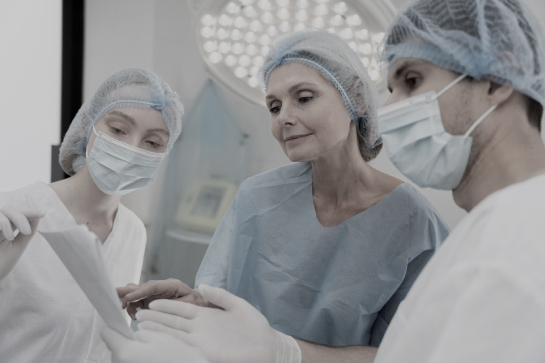
After the operation, further rehabilitation until full recovery partly begins immediately in our medical center by the appropriate specialists, partly – with your direct participation under the supervision of doctors.
The main rehabilitation measures concern the care of the child (in particular, the postoperative wound), diet, physical activity, etc.
The main nuances of postoperative rehabilitation are as follows:
recommendations for caring for a child after surgery:






Since most children are afraid of injections, anesthesia is administered through anesthetic gas, which is given by inhalation.
The duration of the operation is from several dozens of minutes to several hours. Hospitalization after surgery can last less than a day or several days after surgery.
The scope of the preoperative examination, which the child must undergo before hospitalization, depends on the pathological condition or disease of the child, the specifics of the performed operation, etc.
Regarding the main complications after the operation – bleeding, infection of the surgical wound, etc. – the clinic of the Valikhnovski Surgery Institute takes all necessary measures to prevent them from developing.
Relative contraindications for surgical intervention are the severity of the child’s condition, which makes the risk of surgical intervention higher than its absence.
What you need to take with you during hospitalization depends on the characteristics of the child’s condition, the operation, etc. An exact list of everything necessary will be provided in the clinic.


